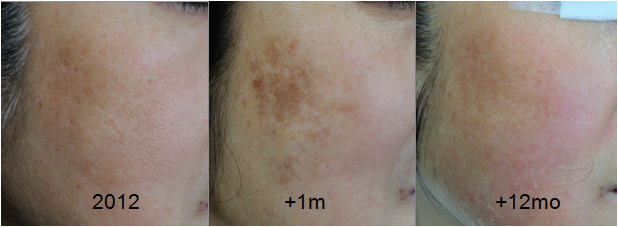
Fig. 1. F 60. IPL 415, 7-9 J/cm2, with two pulse mode. (Pulse 1, 2ms; pulse 2, 5ms; delay 20ms).
IPL is not always easy for me even after 10 years of practicing. Fig. 1 was a kind of surprise for me to have such an unexpected outcomes. “Surprise”, because 1) it was not melasma lesion, my judgment at the initial examination, but seemed to be age spots aggregated. 2) There were no melasma lesions on the typical regions – malar areas, forehead, upper lips, etc. 3) The IPL parameters used in this patient were not strong for most subjects excluding some sensitive melasma cases – (then, 5 J/cm2 was quite safe).
In any case, this side effect (Fig. 1) indicates excessive heat flowed to the surrounding tissues from the photon absorber, melanosomes. “Excessive” is depends on the melanosome concentrations of each skin sites and the subject’s tolerability to the thermal shock – (For example, melasma skin is notorious to develop hyperpigmentation even with weak “joules”).
Accuracy is essential to avoid side effects. How to apply safe “joules”? Unfortunately, there are no exact fixed guidelines – (at best, certain ranges are available). It should be decided each occasion based upon individual lesions. For that purpose, thermodynamic consideration is a necessity. It is important to limiting heat shock to melanosomes or melanocytes (including melanosome containing epidermal keratinocytes) for risky cases in order to avoid PIH side effects – (cf. For resistant skins, excess “joules” and excess damage could make great outcomes. You have to judge each time, each person).
Concerning the side effects, minimal energy should be delivered to the targets only, avoiding heat flow to the surrounding structures, intracellular or extracellular. We have to trace the laser “photons” after being absorbed into the melanosomes. We have to deal with the thermal diffusion speed within the melanosome, cooling, thermal relaxation, … etc.